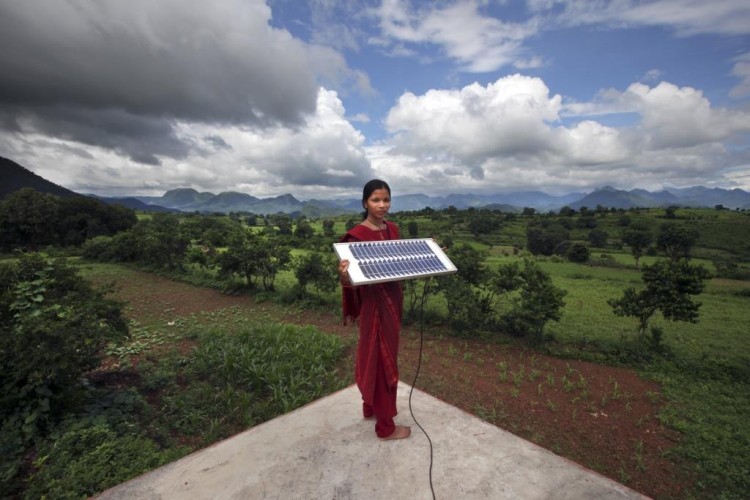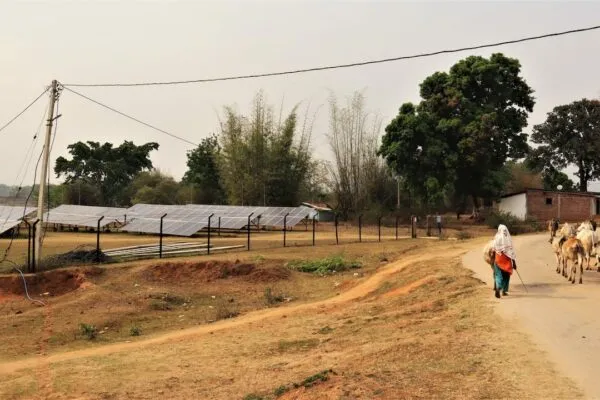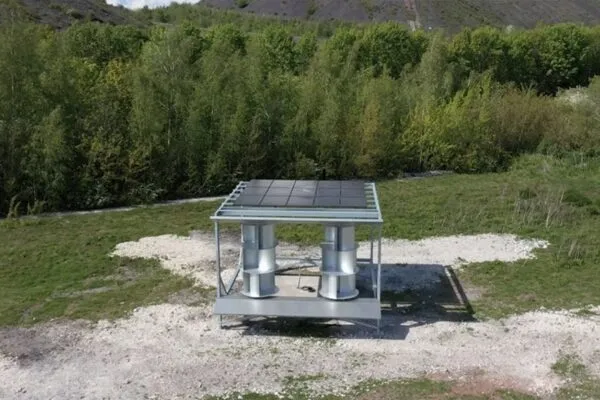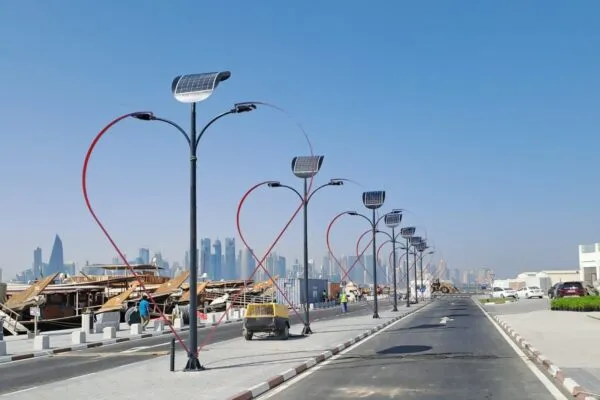Renewable energy can beat both poverty and pollution in India: Report

A recent report, Powering Up Against Poverty, released by Oxfam Australia has brought a ray of hope for poverty stricken population living across the world without any access to electricity. About one billion people lack access to electricity across the globe. Majority of this population lives in rural areas.
It’s good news for developing countries, especially with second highest population along with many some remote parts of Africa.
The logic is very simple. It takes huge investment to establish a coal powered plant. The infrastructure required for transmission of generated electricity costs additional money. On the other hand, it’s easier to install solar panels in any region that receives enough sunlight. Also, solar-panel installation is quicker.
Access to power is associated with development of society. With cheap, renewable electricity comes better opportunities for education and economic growth.
Indian government’s commitment to raise nation’s solar energy production to 100 GW by 2022 can revolutionize economy of tribal regions inflicted with poverty. Also, the capital of India was recently declared world’s most polluted city with alarming level of polluting particulate emitted by vehicles and industries. Other metropolitan cities are no better.
Scientists have expressed their concerns regarding the alarming rise in emission rates in India. This year’s heat-wave was scorching and killed over 2,300 people in India. It was claimed to be the fifth deadliest heat-wave in earth’s recorded history. The neighbor Pakistan also witnessed fury of climate change and reported over 1,000 deaths this summer.
However, renewable energy appears to be the best solution to deal with this combo of poverty and emission.
According to the report,
Conversely, we see how local renewable energy sources are reducing poverty and improving lives in some of the world’s poorest countries. And how even for rapidly growing urban populations, the past advantages of coal are diminishing as the cost of renewable energy falls and the harmful effects of coal become more and more evident. We also look at the dramatic shifts in energy and climate policies around the world. And how, until remedied, Australia’s myopic focus on coal will continue to diminish our own economic prospects while harming many of the world’s poorest communities.
The report has challenged Australian government’s claims regarding the bright future of coal energy on two grounds – reduction in emission and eradication of poverty. The report said that coal is the most ill-suited power source for majority of people living without electricity access.
Image Credit: Climate Change Observer


